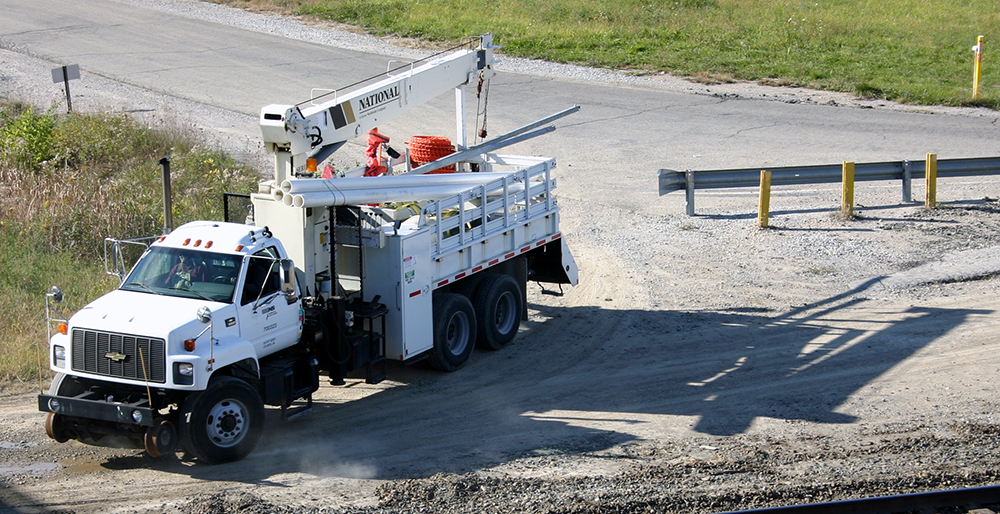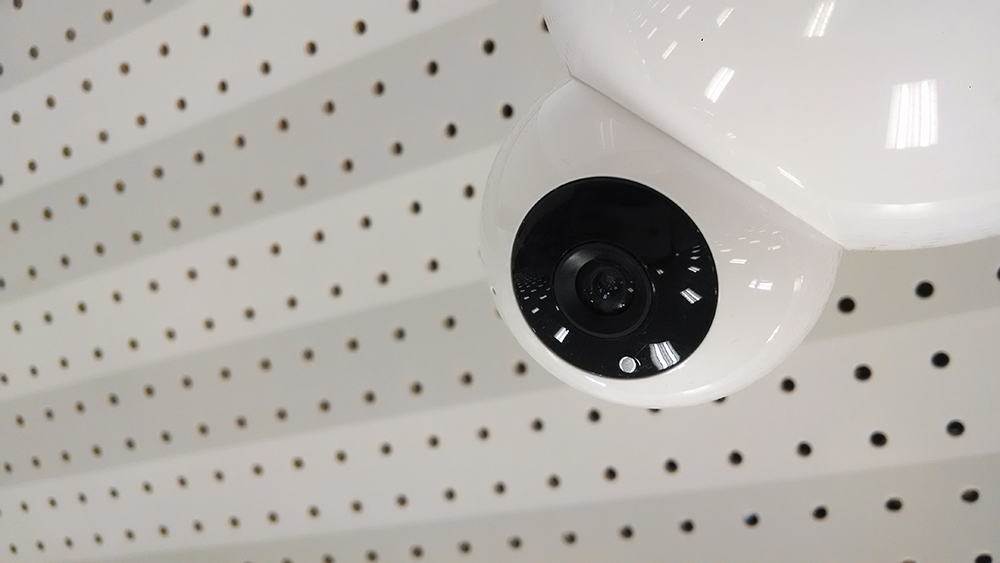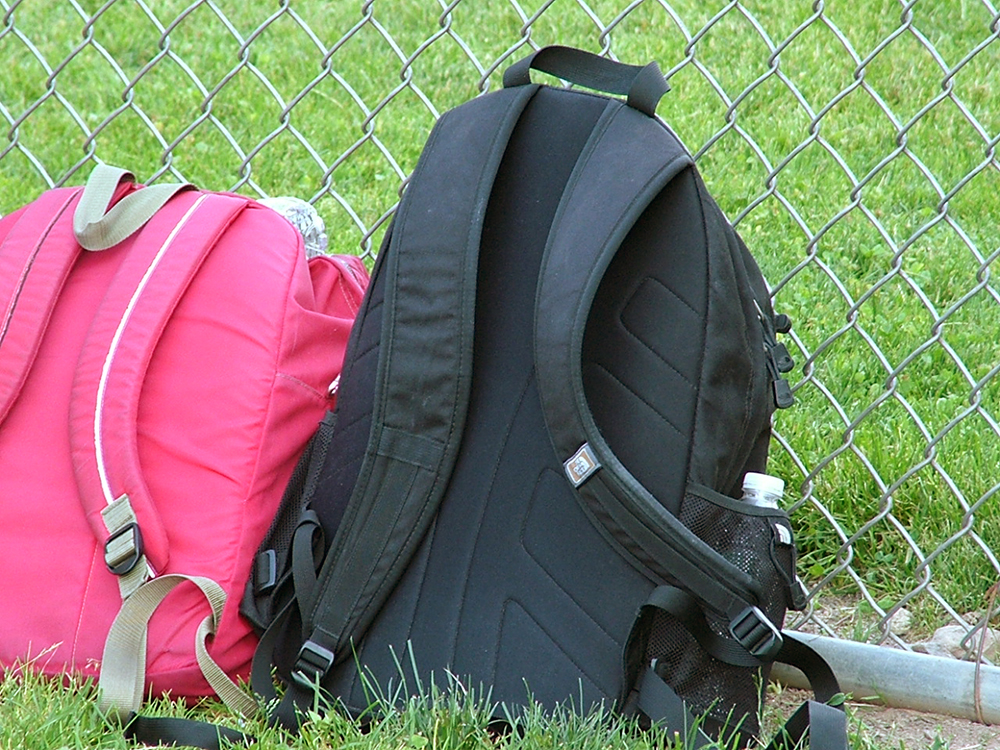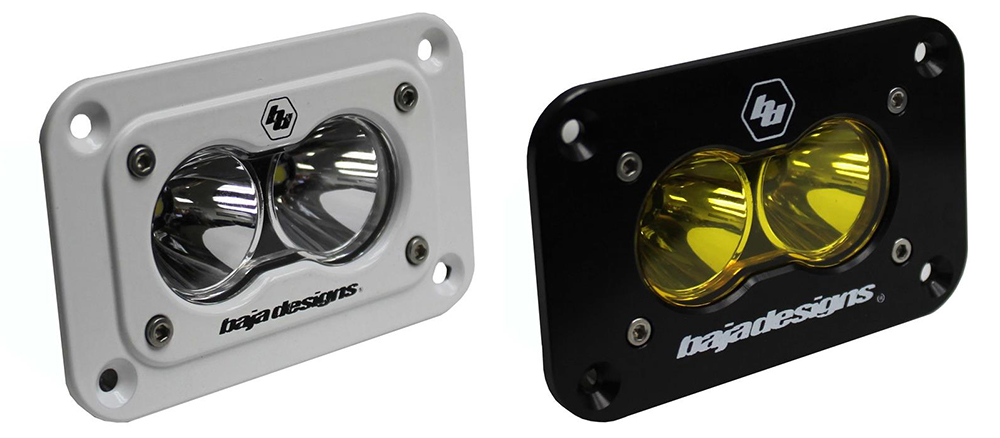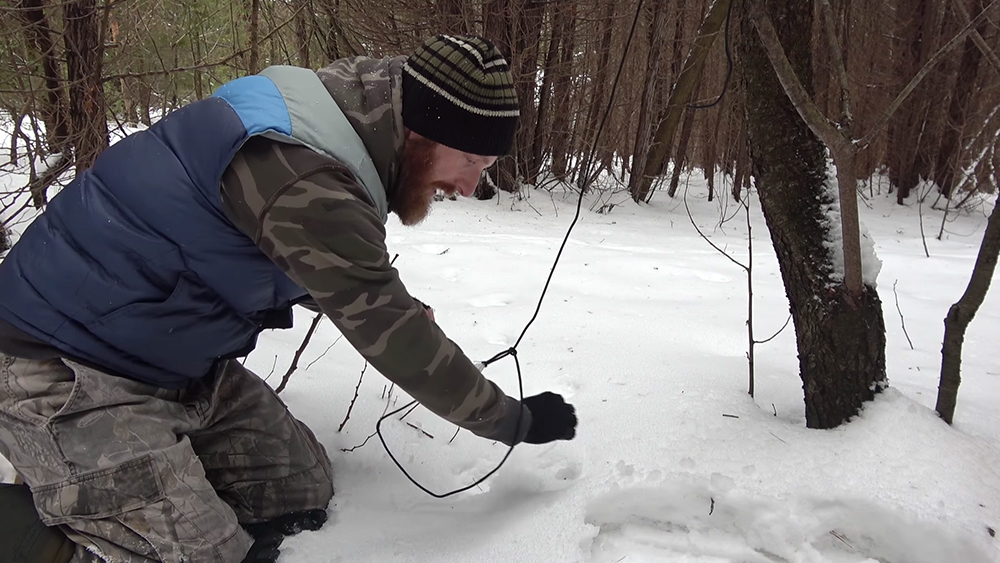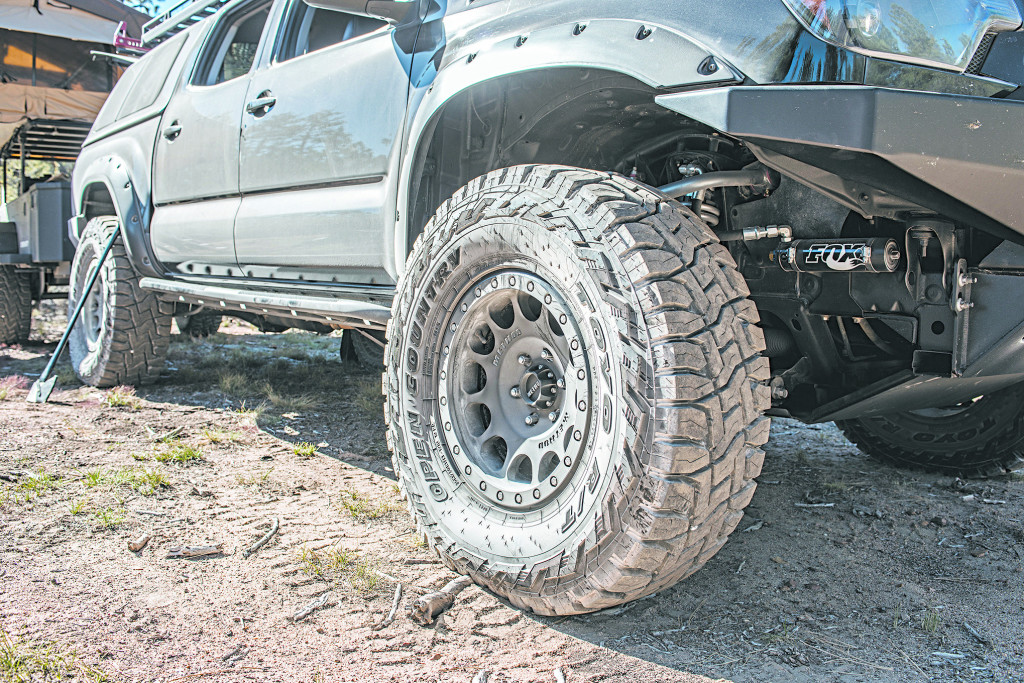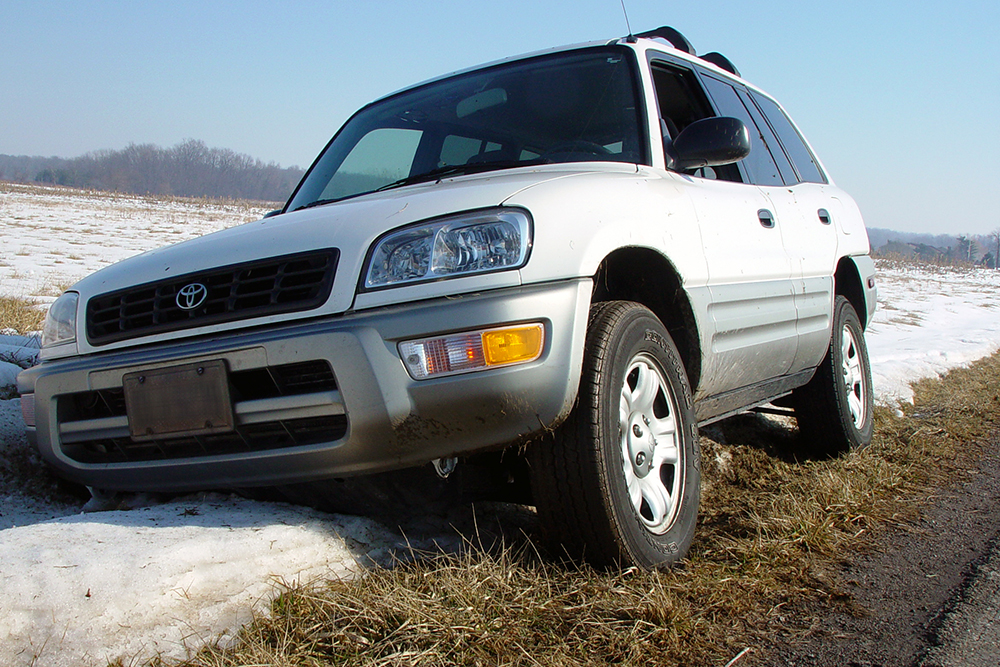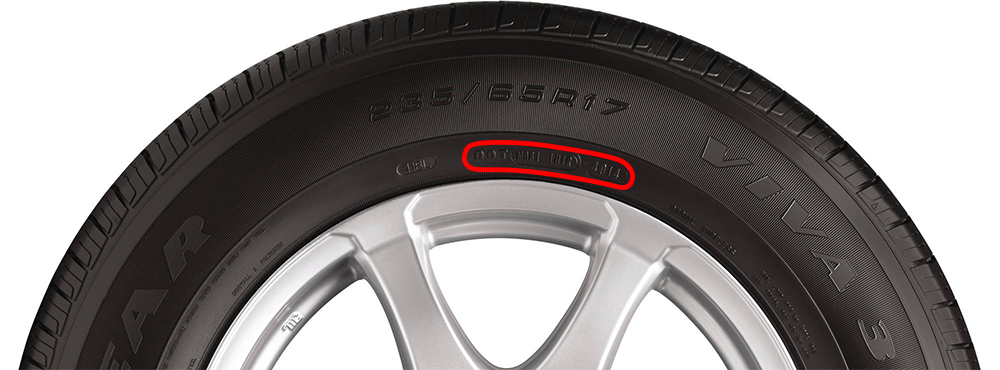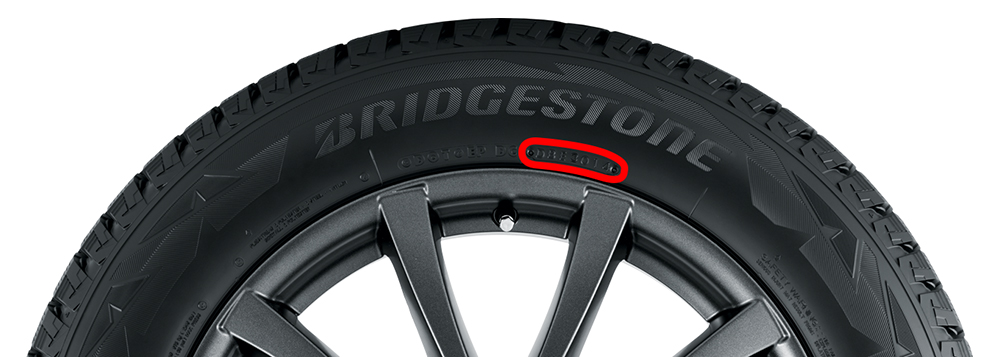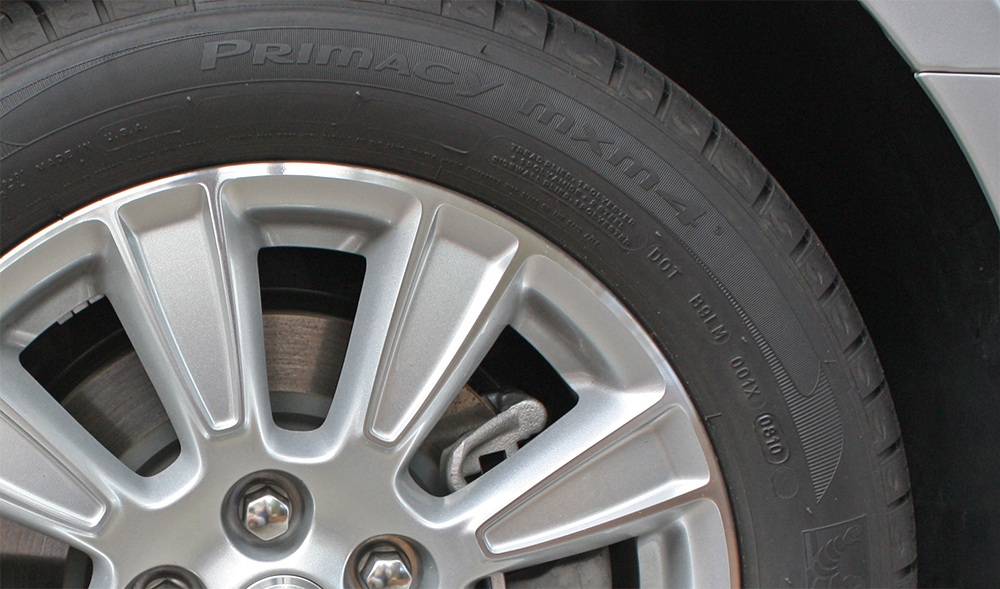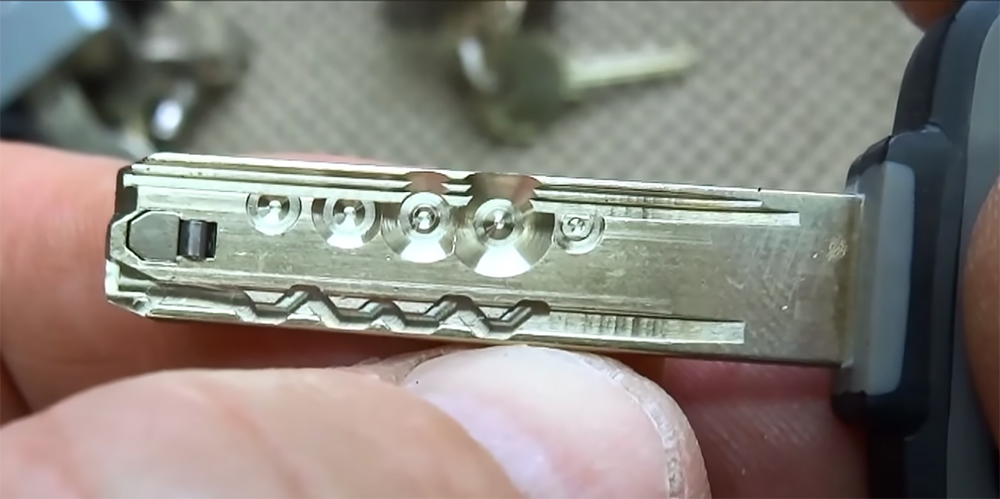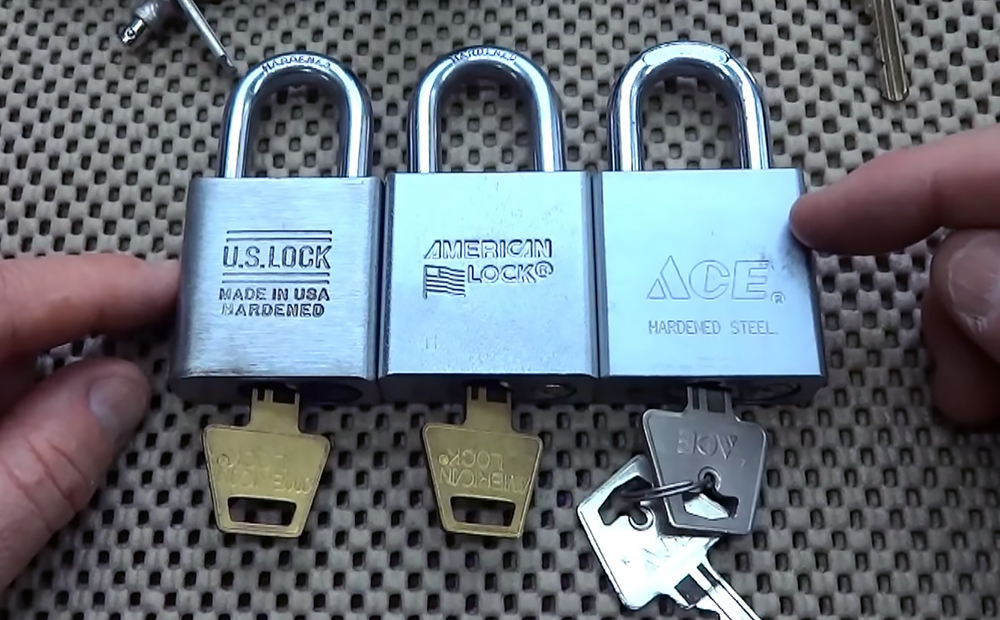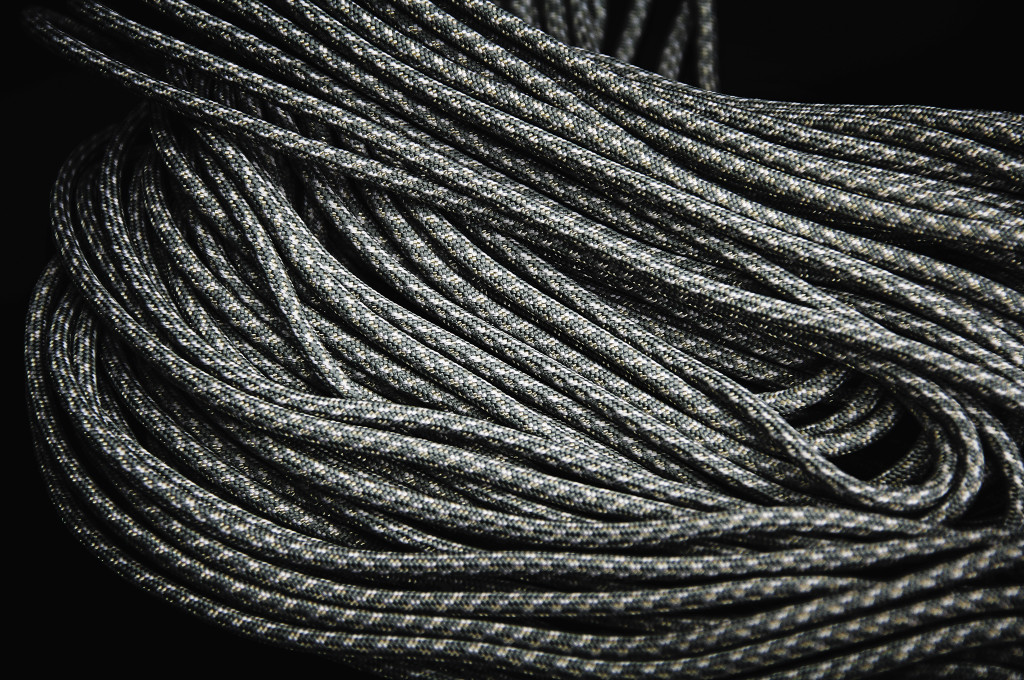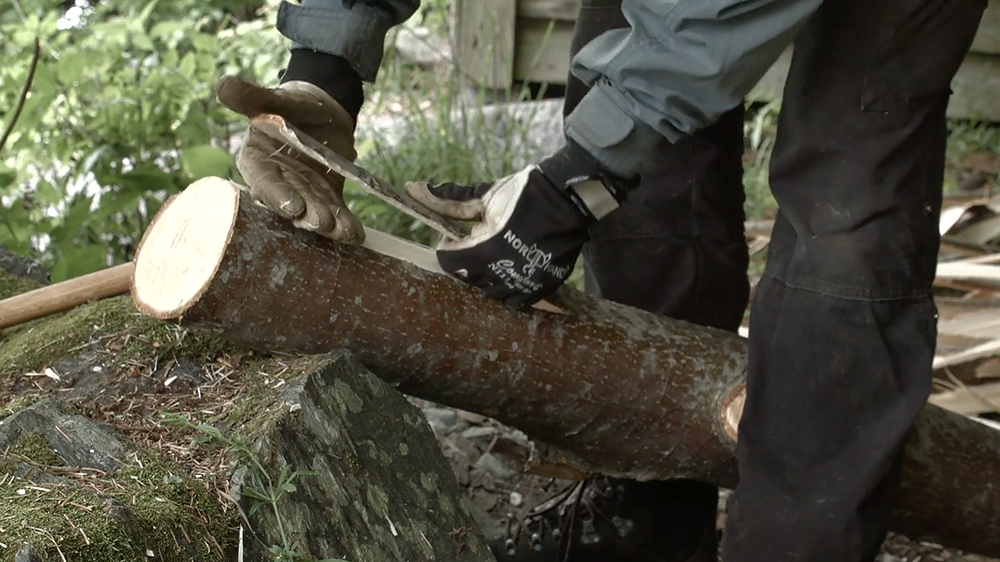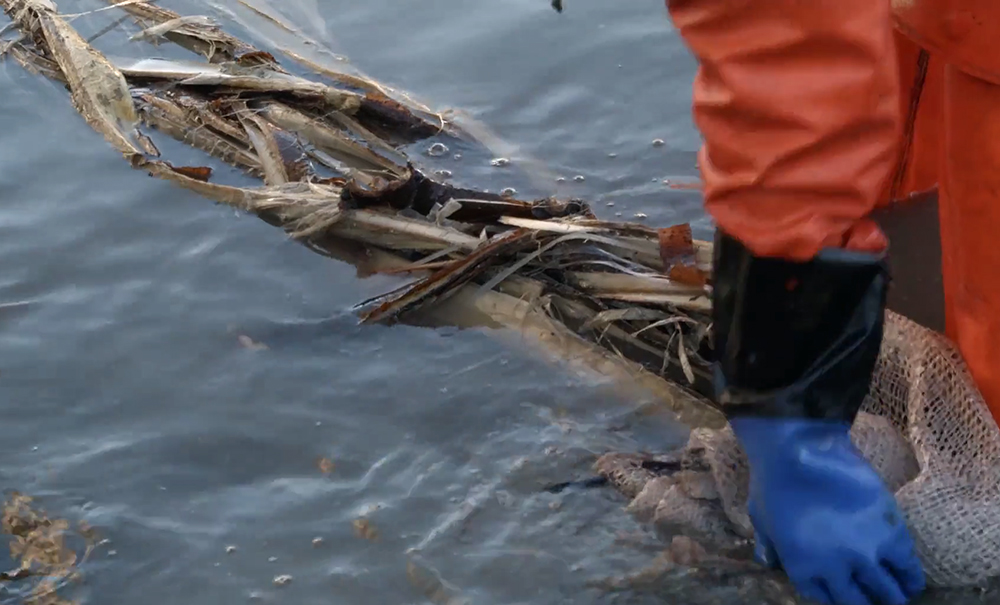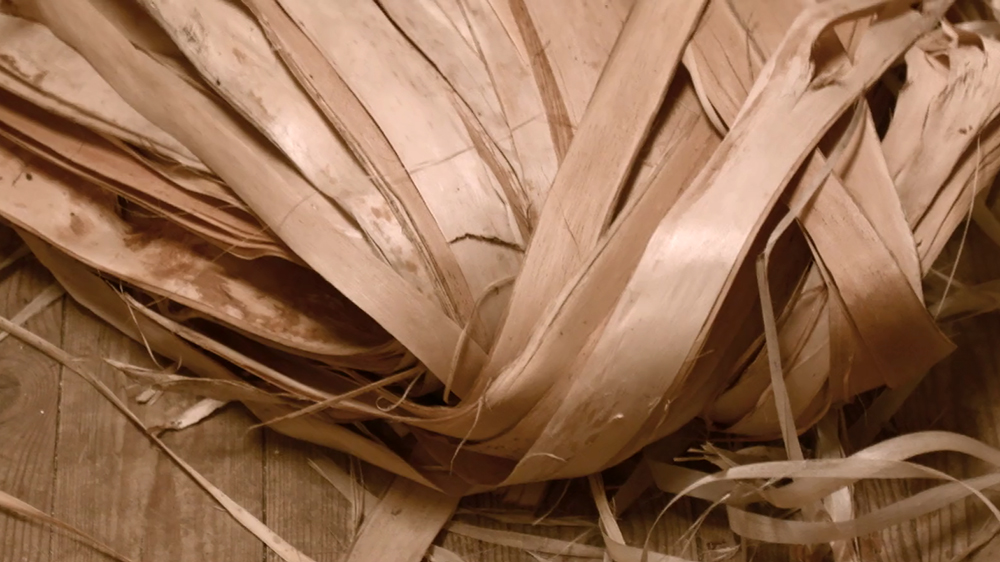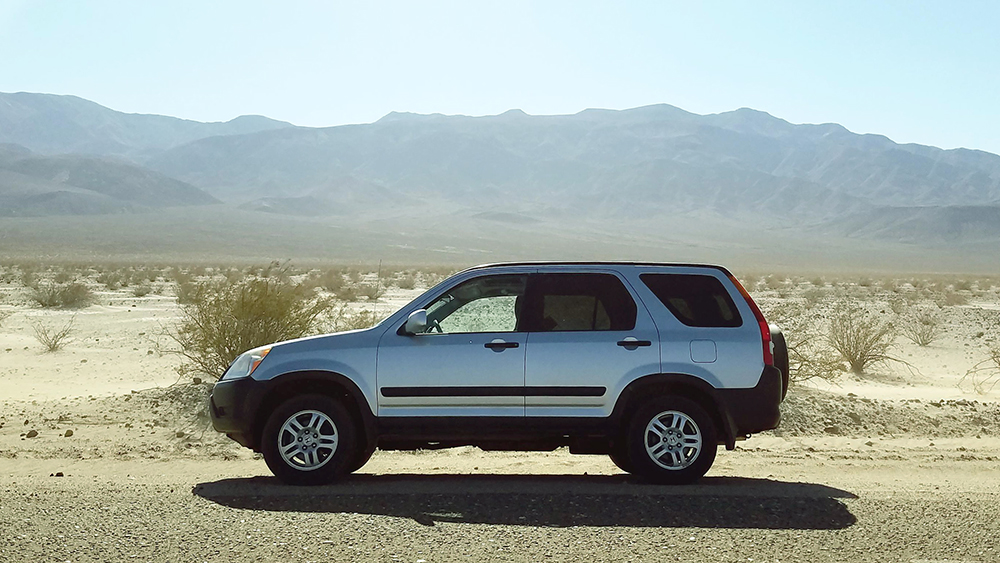Behind the scenes here at RECOIL OFFGRID, we’re always hustling to find new and interesting gear for our various product reviews and buyer’s guides. This usually involves copious email chains, back-and-forth phone calls, spreadsheets, scribbled notes, and checklists on the office whiteboard. While the product request process can be tedious at times, it’s all worth it when a box shows up with some cool new items to test and write about.
In a handful of rare cases, we cut open these boxes to find that a company generously sent us even more gear than we requested. This was the case with Hinderer Knives. We got in touch with the company to request one knife for an upcoming article in our print magazine (more on that later) — a week afterward, a package arrived with three knives, four tactical pens, and a machined stainless double shot glass. Christmas came reeeeal early this year.
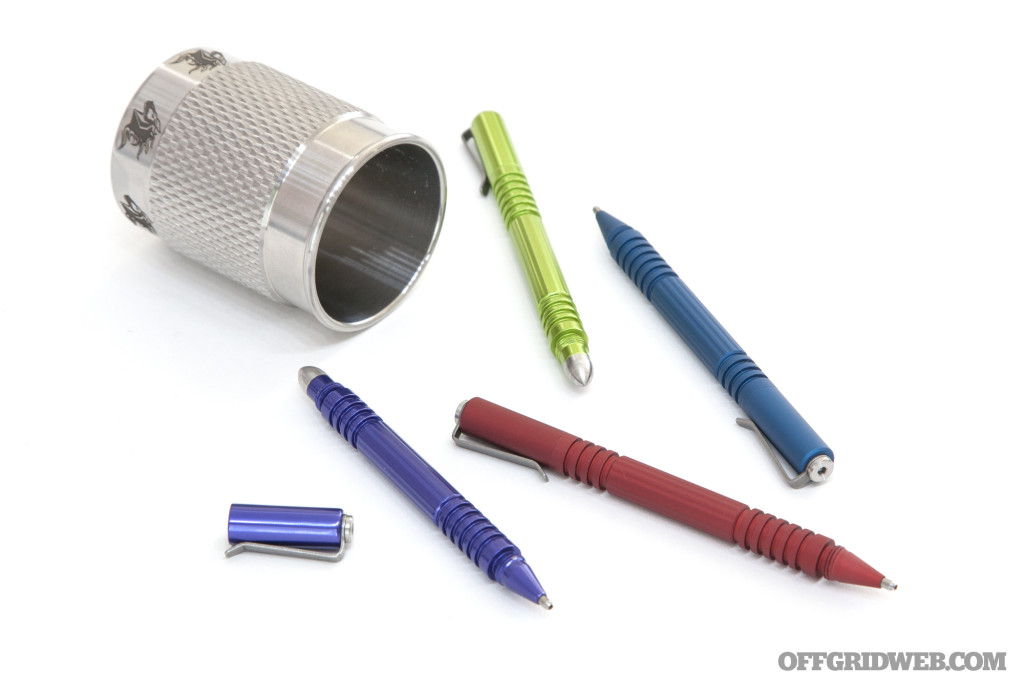
We were excited to see this array of EDC goodies, and decided to thoroughly evaluate each item here on OFFGRIDweb. While we appreciate Hinderer giving us free reign to test these pricey products, don’t think that we’ll be pulling punches with our feedback. As always, you can expect our honest thoughts on what we liked and disliked about this gear.
Hinderer XM-18 3.5-inch Bowie
After setting aside the knife we’ll be evaluating in our upcoming print article — check Issue 20, on sale 6/2/17 — we moved on to the next blade in the box.
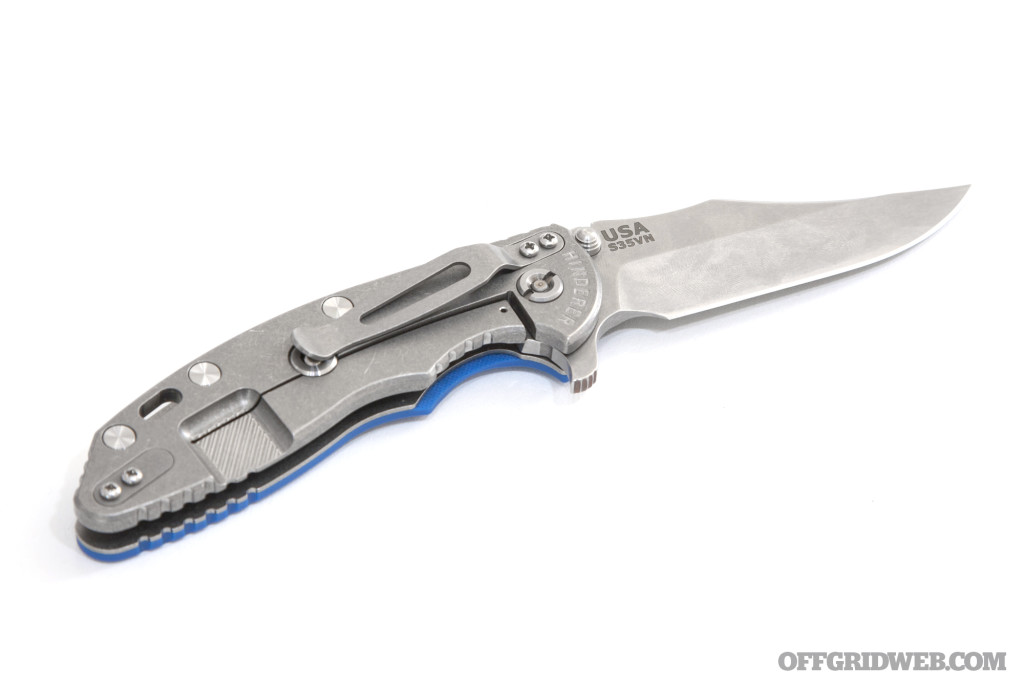
This is Hinderer’s illustrious XM-18, a folding knife practically idolized by many in the every-day carry (EDC) gear community. The XM series is available in three blade sizes: 3-inch, 3.5-inch , and 4-inch (a.k.a. the XM-24). This knife occupies the popular middle bracket, with an 8.25-inch overall length, 4.75-inch handle, and 5.6-ounce weight.
The MSRP for a standard XM-18 is $425. That price point may immediately deter many people from ever considering these knives, but as we’ll discuss, Hinderer creates a premium product at a premium price. To make an analogy, a Toyota Camry will get you from point A to B, yet this doesn’t phase a customer who’s considering an Aston Martin. While both vehicles serve the same core purpose, they’re worlds apart in terms of performance, polish, and visual appeal. Hinderer isn’t trying to compete with affordable entry-level knife brands — it’s going after a much smaller and more demanding customer base.
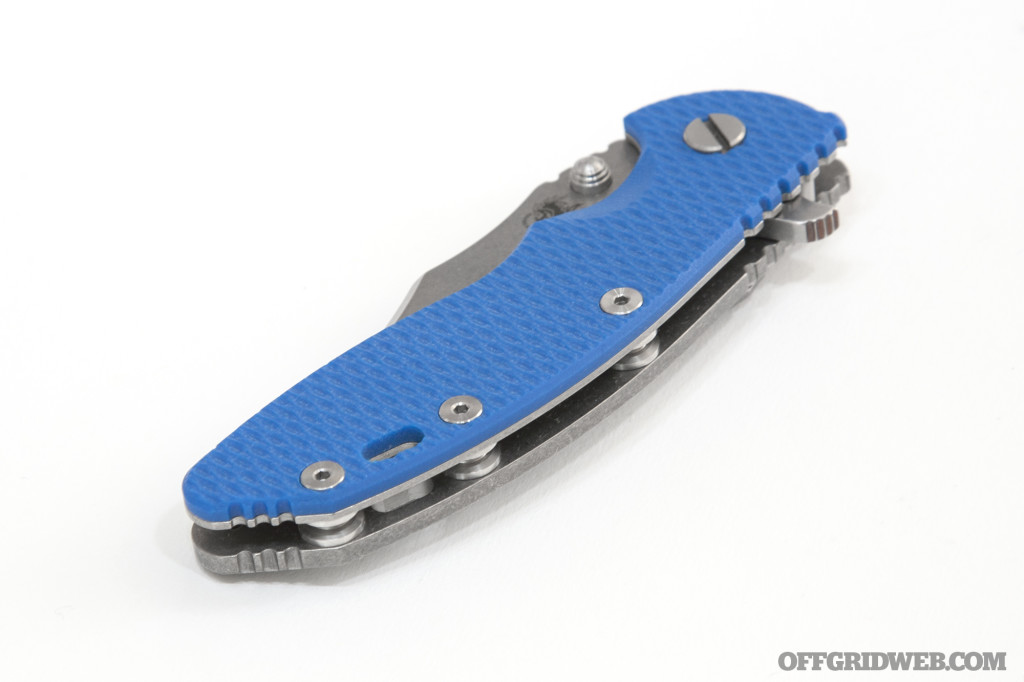
Part of the allure of Hinderer knives is the fact that few knives produced by the company will look identical. There’s an immense variety of colors, finishes, and blade styles to choose from, and that’s before you consider all the customization parts offered by Hinderer and other aftermarket vendors. You can keep your XM exactly as it came from the factory, or swap hardware, clips, and scales to your heart’s content.
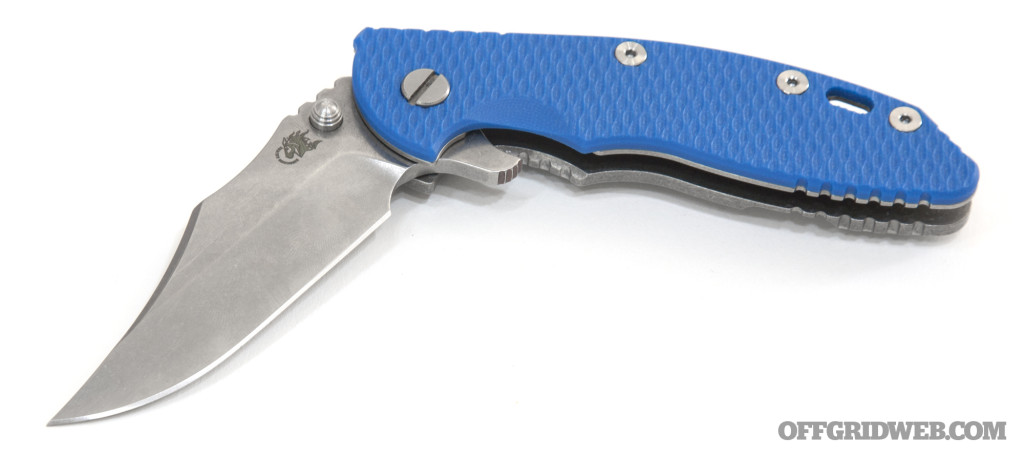
The XM-18 seen here features a bright blue G10 scale and tumbled (a.k.a. stonewashed) metal finish — pretty standard for an XM model. The blade shape is a bit out of the ordinary, however. Rather than the more common Spearpoint or Spanto (modified spearpoint / tanto hybrid) grinds, this XM-18 uses a Bowie-style blade.
The Hinderer Bowie blade features a flat belly and upswept tip, with sculpted curves cut into the spine. The leading curve tapers the business end of the blade down to a strong piercing point, while a second curve contours the spine to the user’s thumb. This is helpful for added leverage and control during downward cuts. Our 3.5-inch model feels just right in the hand; if you’re on the fence between 3- and 3.5-inch blades, we’d recommend going with the 3.5. It’s more controllable.
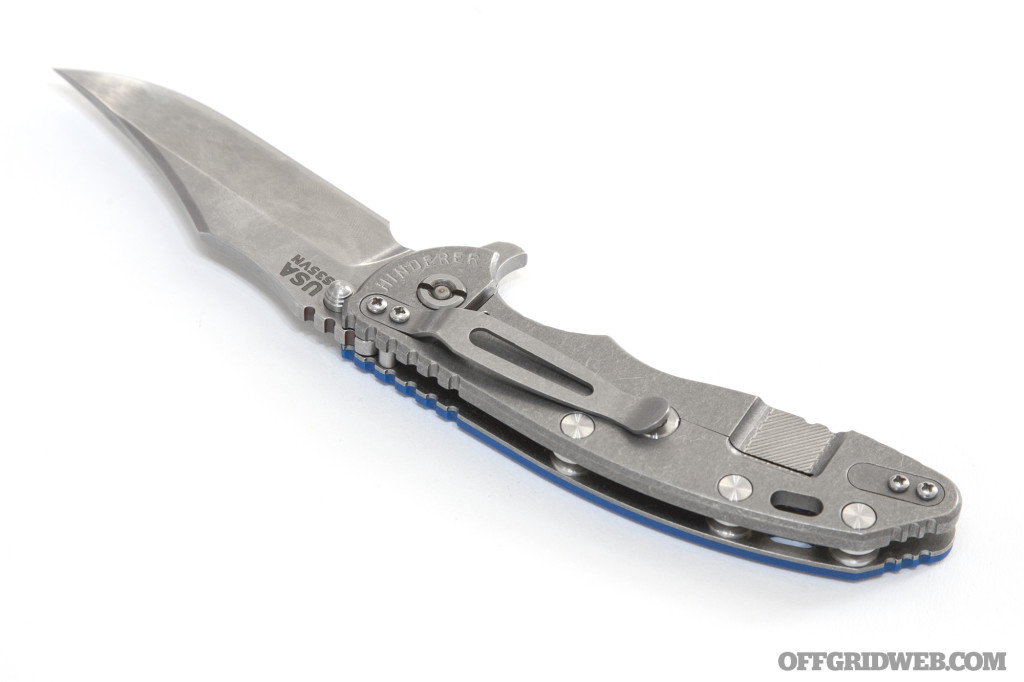
The frame is machined from lightweight titanium, and the blade is formed from S35VN, an excellent steel that’s consistently one of our favorites during long-term testing. It stays razor-sharp and has proven to be even tougher than its more common sibling, S30V.
The blade strength and construction get full marks from us, but we’re not so sure about the Bowie’s appearance. Its distinctive look may appeal to some users, but from a purely subjective standpoint, we feel that it doesn’t look as elegant as a Spearpoint. The Bowie shape makes us think of a big fixed blade in the hands of Crocodile Dundee; it seems a little weird on a modern titanium folder. Perhaps it’ll grow on us.
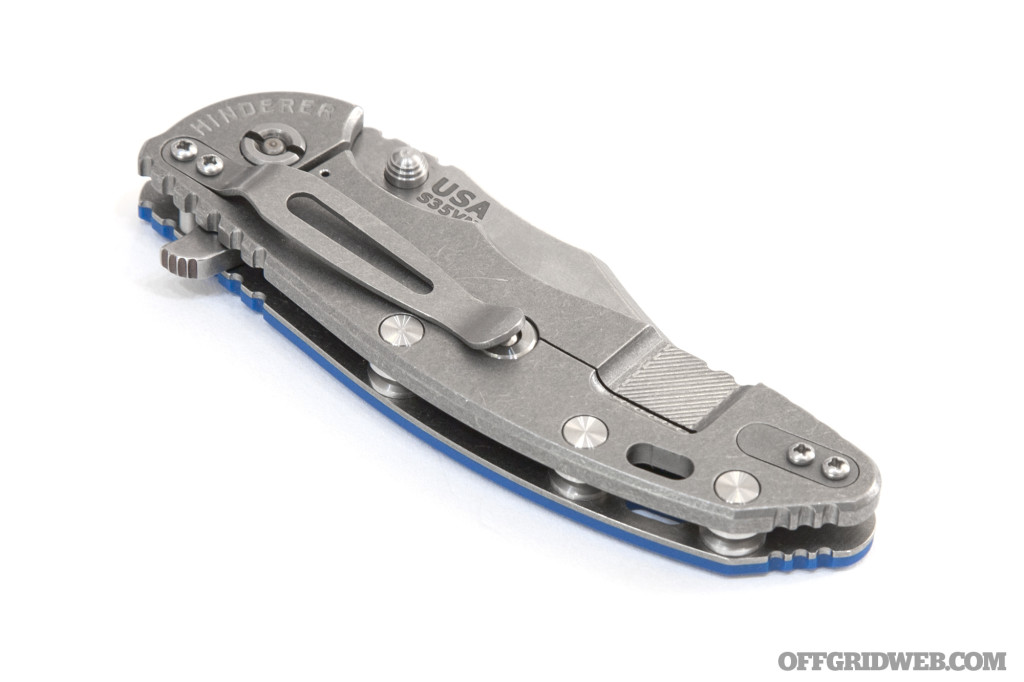
From a mechanical standpoint, the XM-18 is a beautifully-crafted knife. Feel the buttery-smooth pivot and solid yet easily-to-release lock bar, and you’ll begin to see why this knife is priced the way it is. There’s no wiggle whatsoever in the blade, and the thumb studs nestle into a notch on the handle for added reinforcement. Flipping the knife does require a small amount of wrist action.
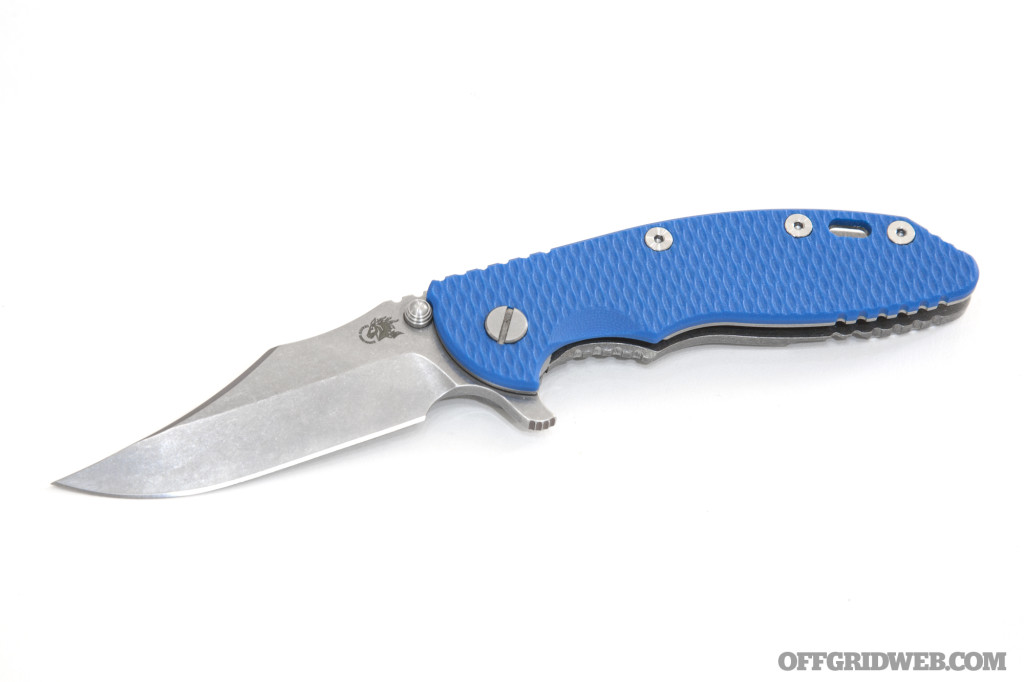
One minor quirk we noticed: every Hinderer we’ve seen ships with the pocket clip in tip-down orientation. In our experience, the vast majority of knife users (including this writer) prefer tip-up for faster deployment — it’s easier than drawing and reversing your grip before flipping the knife open. Reversing the clip is obviously easy, so this is mostly nitpicking, but we wonder just how many Hinderer owners actually prefer it in the factory tip-down position.
The XM-18 is a terrific knife, and deserving of the reputation it has earned. Whether the price point is justifiable remains up to the buyer — but we will note that there’s a thriving resale market for these knives, so if you ever tire of it, you shouldn’t have a problem getting a good chunk of change in return.
Hinderer MP-1
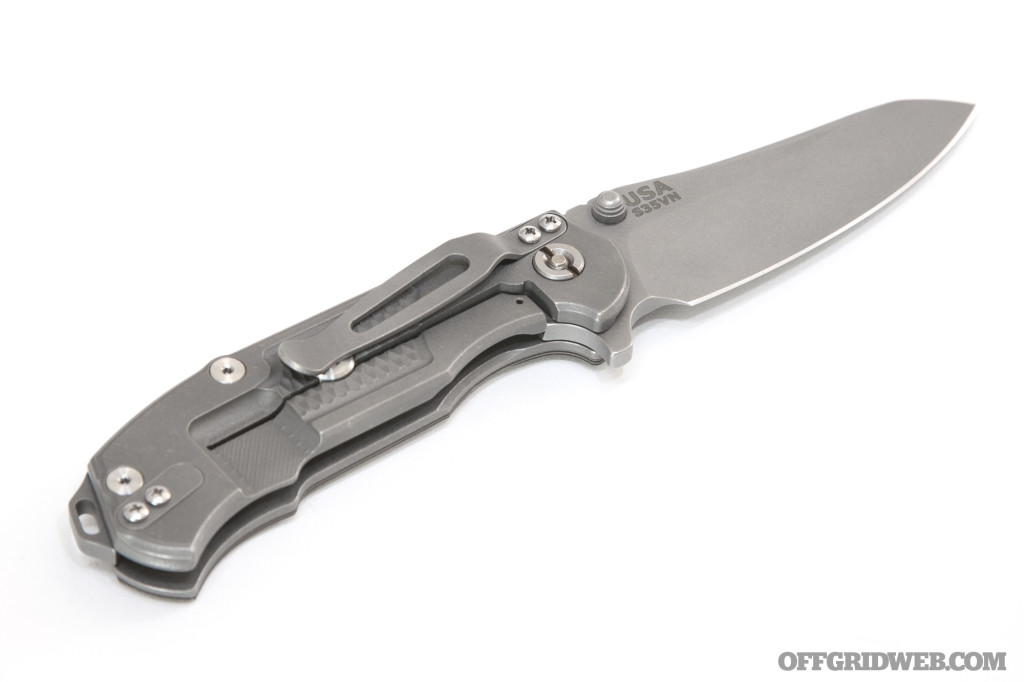
The Hinderer MP-1 is a newer addition to the company’s lineup, debuting at the 2016 Tactical Knives Invitational event. MP stands for Modular Platform, in reference to the knife’s Hinderer Modular Backspacer System (HMBS). The HMBS is a solid titanium piece sandwiched between the handles, and it can be swapped out for lanyard-loop or non-lanyard versions in various finishes, all without disassembling the knife. It’s one more point of customization for those who hot-rod their knives, but the forthcoming glass breaker HMBS attachment is definitely something we’d be interested in picking up.
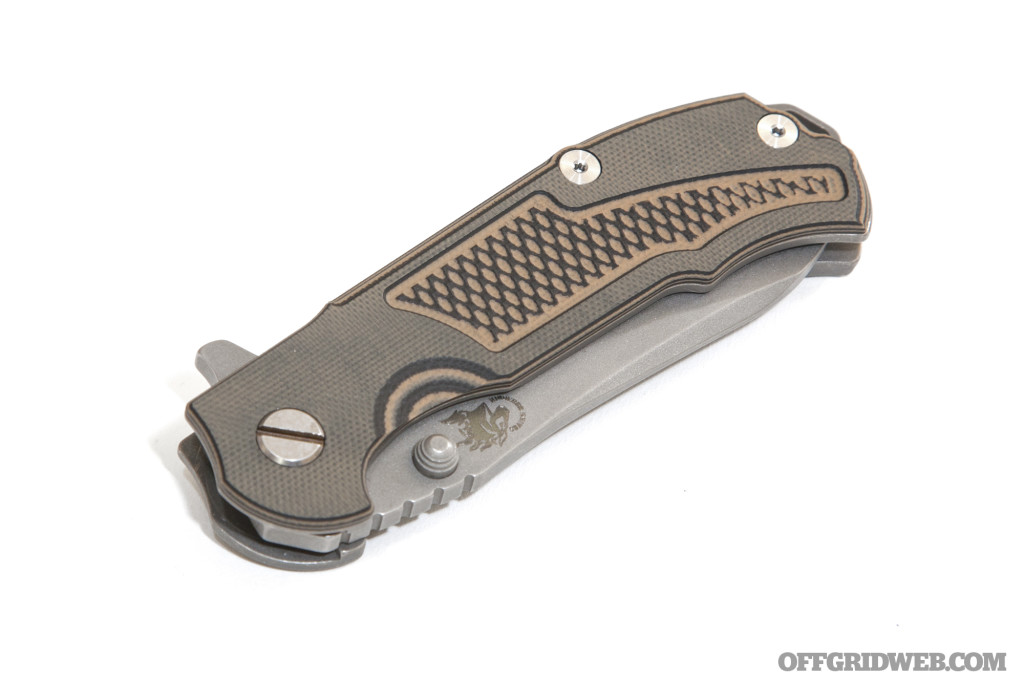
The MP-1 is $25 more than an XM-18, with an MSRP of $450, but the design is substantially different. Instead of using the thumb studs as a reinforcement point against the handle, the MP-1 has a floating stop pin that rides in a groove cut into the handle around the pivot. When the MP-1 is flipped open, the stop pin hits the end of its track, adding rigidity to the blade.
While this stop pin functions effectively, we question the need to press another piece of steel into the blade, rather than using the larger and sturdier thumb stud as a dual-purpose opener and reinforcement point. Again, there’s nothing wrong with the stop pin design, but it seems to add complexity with no obvious benefit. The thumb stud placement is very slightly (about 1/16-inch) further forward on the blade, but this makes no functional difference in ease of opening.
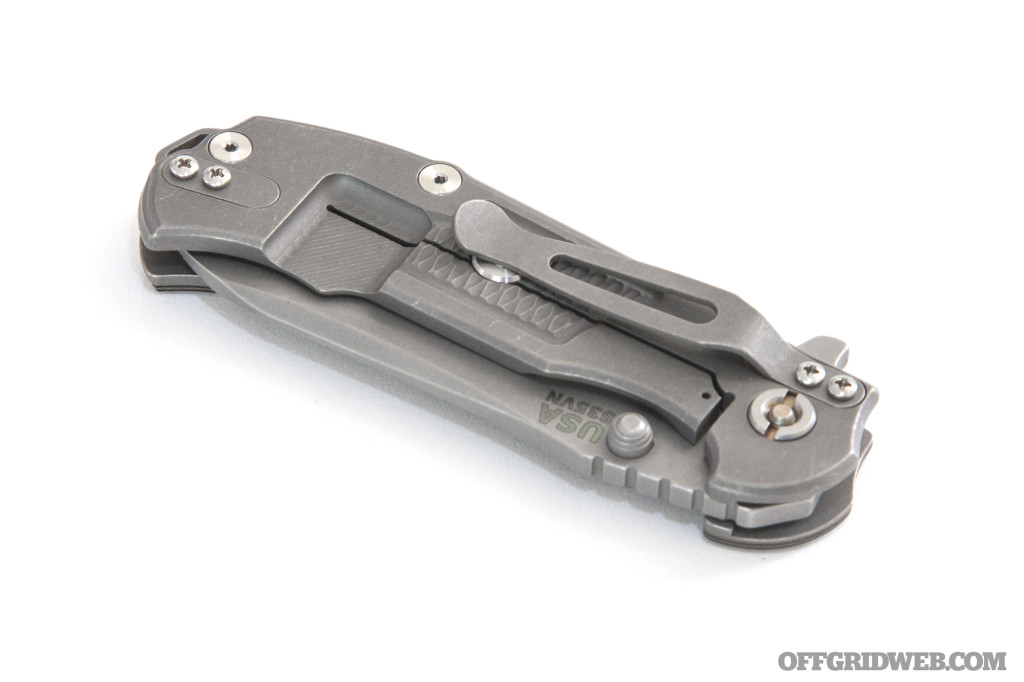
Our MP-1 features Hinderer’s Full Working Finish, which is similar to the standard tumbled finish, but with a duller satin appearance and slightly darker shade. We really like this well-worn industrial look — and it seems to hide scratches better, too. The handle scale on our sample is layered green, black, and brown G10, with a crosshatched cutaway for added grip. This texture is mirrored by another crosshatched section on the titanium frame.
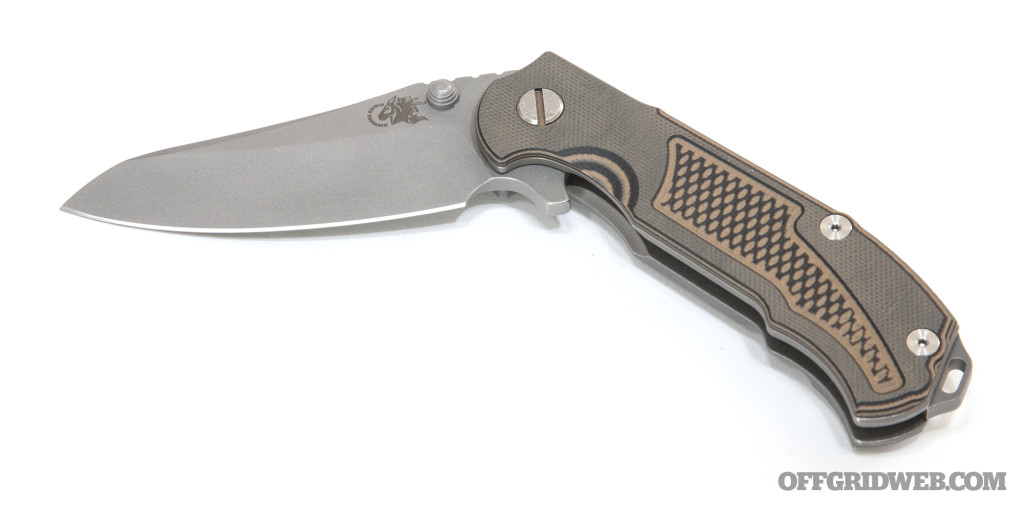
Workmanship on the MP-1 is superb, and the action feels even smoother than the XM-18. No wrist movement is needed to flip it open consistently. Combined with the subdued appearance and high functionality of its S35VN sheepsfoot blade, this is an appealing package. Weight is the same as the midsize XM-18, but the MP-1’s dimensions are slightly more compact (3.25 inch blade, 4.5 inch handle, 8 inches overall).
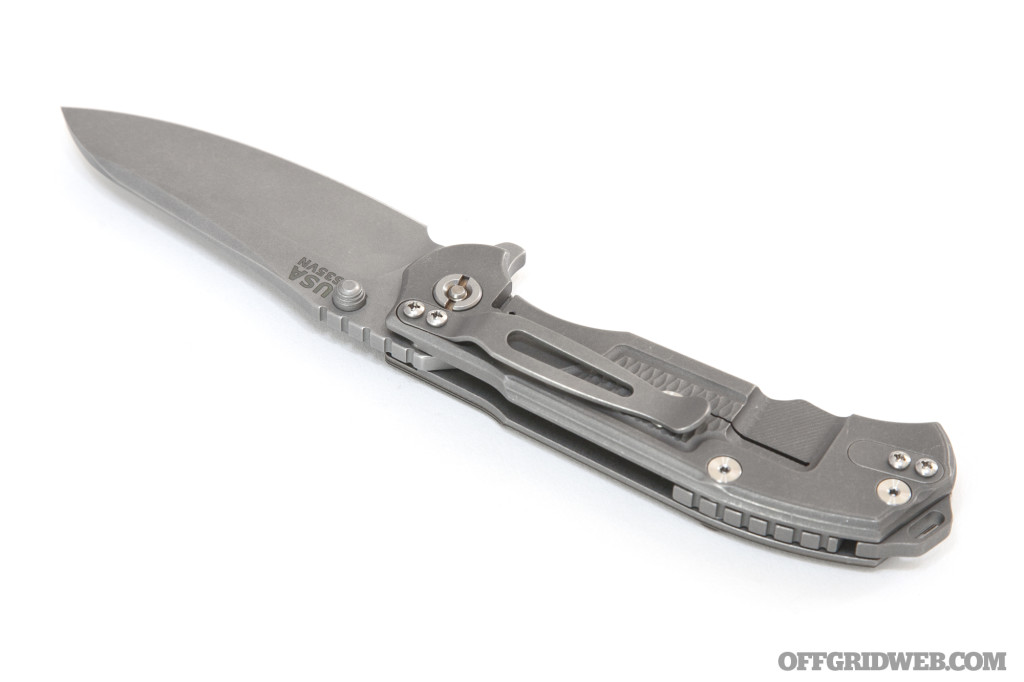
Aside from the questionable necessity of the redesigned blade stop, our only gripe with the MP-1 is the limited number of customization parts at the present time. Bronze or blue anodized hardware and five different backspacers can be purchased directly from Hinderer, but replacement scales aren’t out yet. It’s a relatively new knife, so we understand that parts are less plentiful than the longstanding XM line, but it’s worth considering. If having a totally unique modded knife is a major priority, an XM will have many more options to choose from, at least for now.
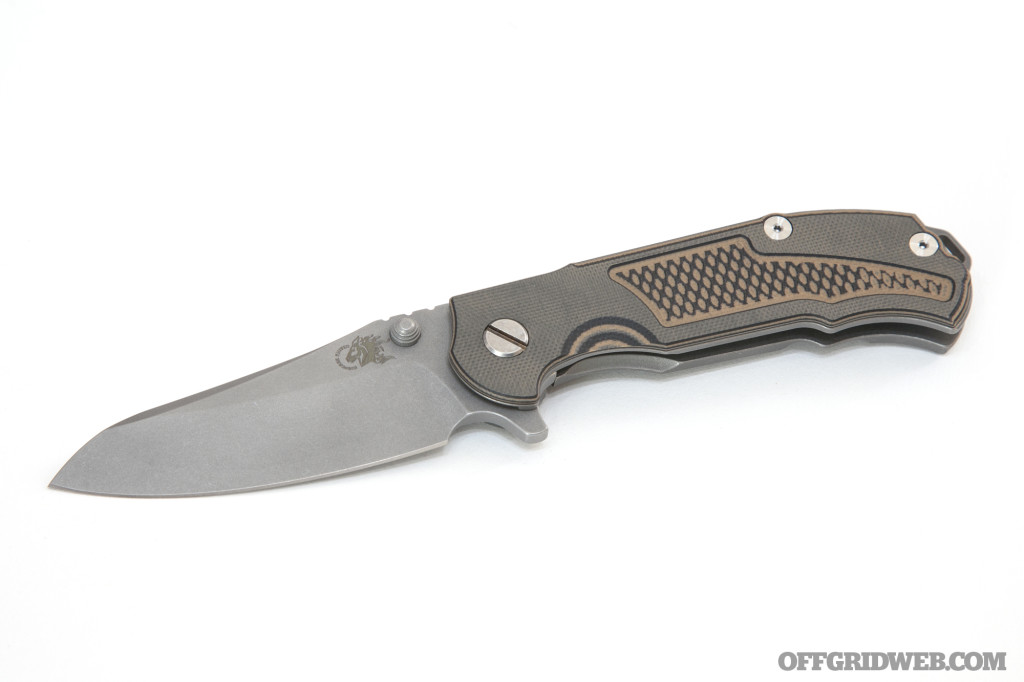
Pitting the MP-1 against the XM-18 Bowie, we’d take the MP-1 without a second thought. Functionally, we’d give it a slight edge in smoothness, since flipping it open is a bit easier than the XM, but both are very good. If the XM had a Spearpoint or Skinner blade, it would be a tougher decision, but we’d still lean towards the MP’s sheepsfoot for its practical slicing ability. We also appreciate the textured handle cutaways and HMBS customization. Considering the $25 price difference compared to the XM, the MP-1 is the knife we’d choose for EDC.
The Hinderer XM-18 is a very good knife, but once customization part availability equalizes, we’d say it’ll be an easy decision to take an MP-1 over an XM-18.
Hinderer Investigator Pens & Double Shot Glass
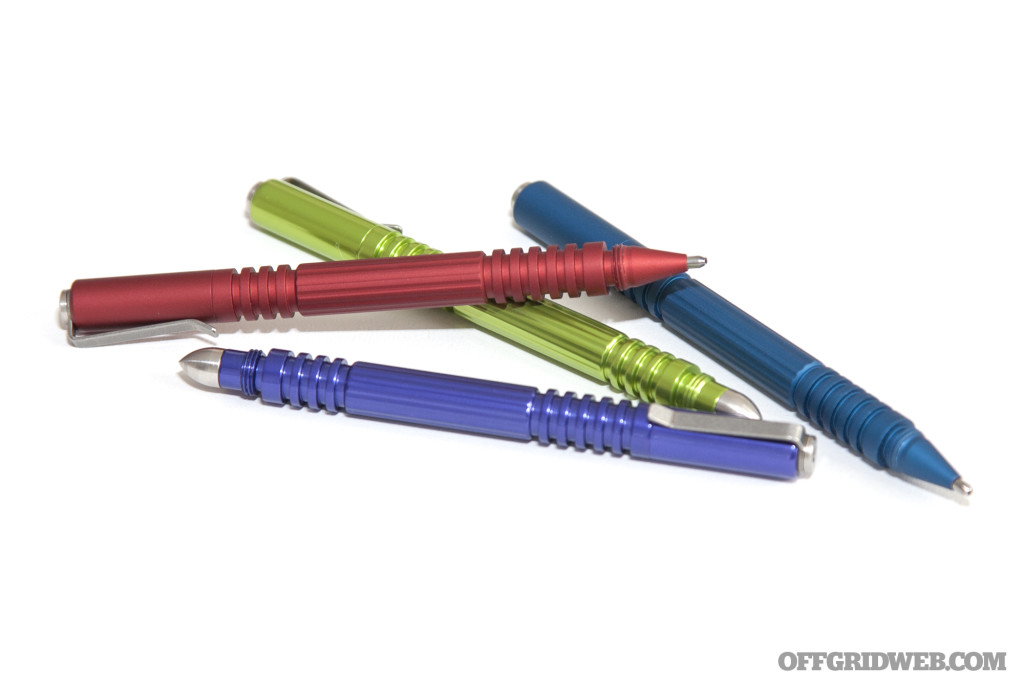
The package we received from Hinderer also included four Investigator pens — two in polished aluminum, two in aluminum hardcoat. The blue and red hardcoat models feature a matte finish, while the green and purple polished models are… well, polished. Hinderer also offers these in stainless steel, brass, copper, or titanium, with a variety of different colors and finishes. Pricing is set as follows:
- $55 for hardcoat aluminum
- $60 for polished aluminum, stainless, or brass
- $80 for copper
- $200 for titanium
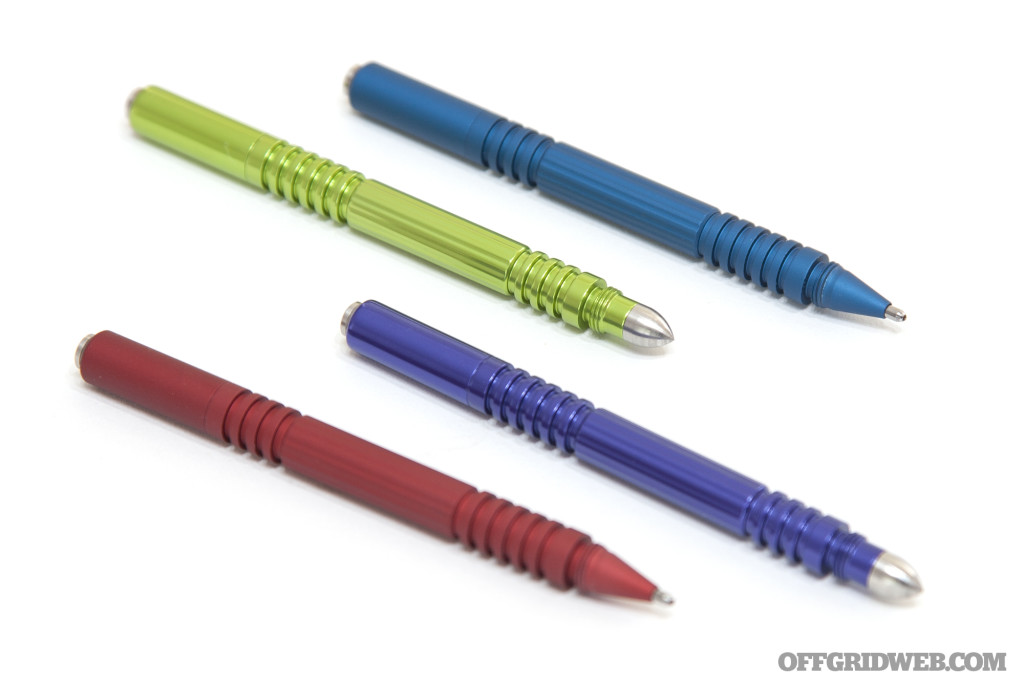
These pens are smaller than we expected from pictures, just 4.5 inches long, 0.375 inches in diameter, and 1.4 ounces. The compact size can be a plus, since they’re very light and perfect for carrying in a shirt pocket. The screw-on cap is reversible to reveal either the Fisher Space Pen tip or pointed Bullet tip. The Bullet tip is removable, and can be replaced with a flat end or conical Warhead tip (sold separately).
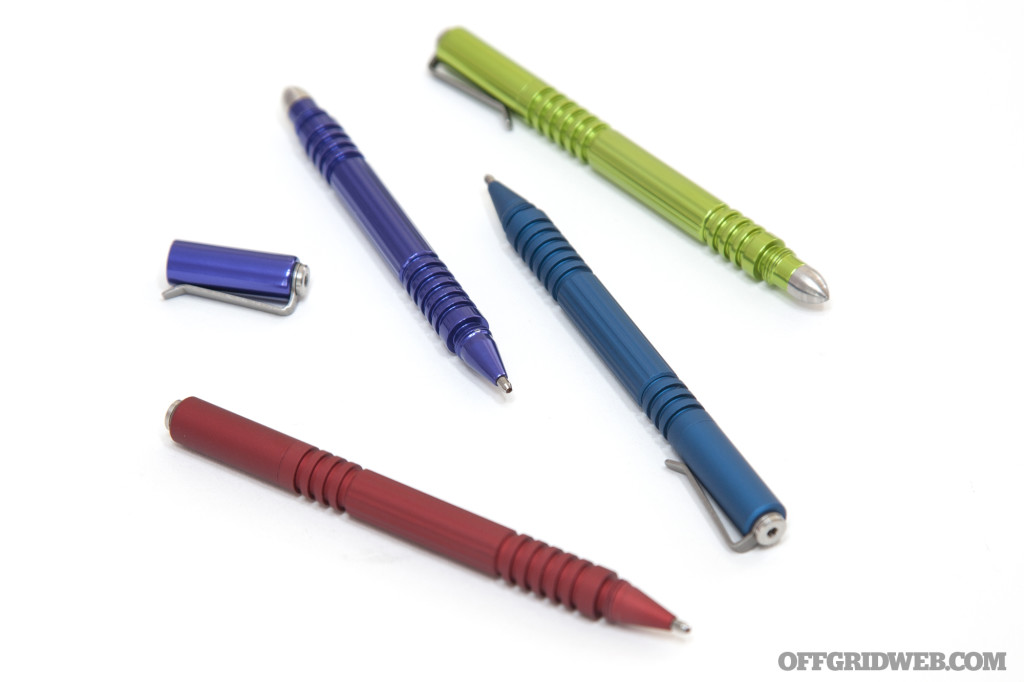
We found the Investigator easy to write with, and its ridged body provides a secure grip. It’s a bit on the small side for defensive use as a kubaton, but just big enough to work in a pinch. For around $60, they’re pretty affordable, and there are more than enough colors to match the rest of your favorite EDC gear.

Finally, there’s the stainless shot glass. At first we thought it was a diminutive pen cup designed for the Investigator — it actually fits that role well. But after some research, we found it listed online as a Hinderer Double Shot Glass, a limited-production item from the 2016 holiday season. Filled to the brim, it holds 3.5 ounces of your favorite spirit, and measures 2.6 inches tall by 2 inches in diameter.
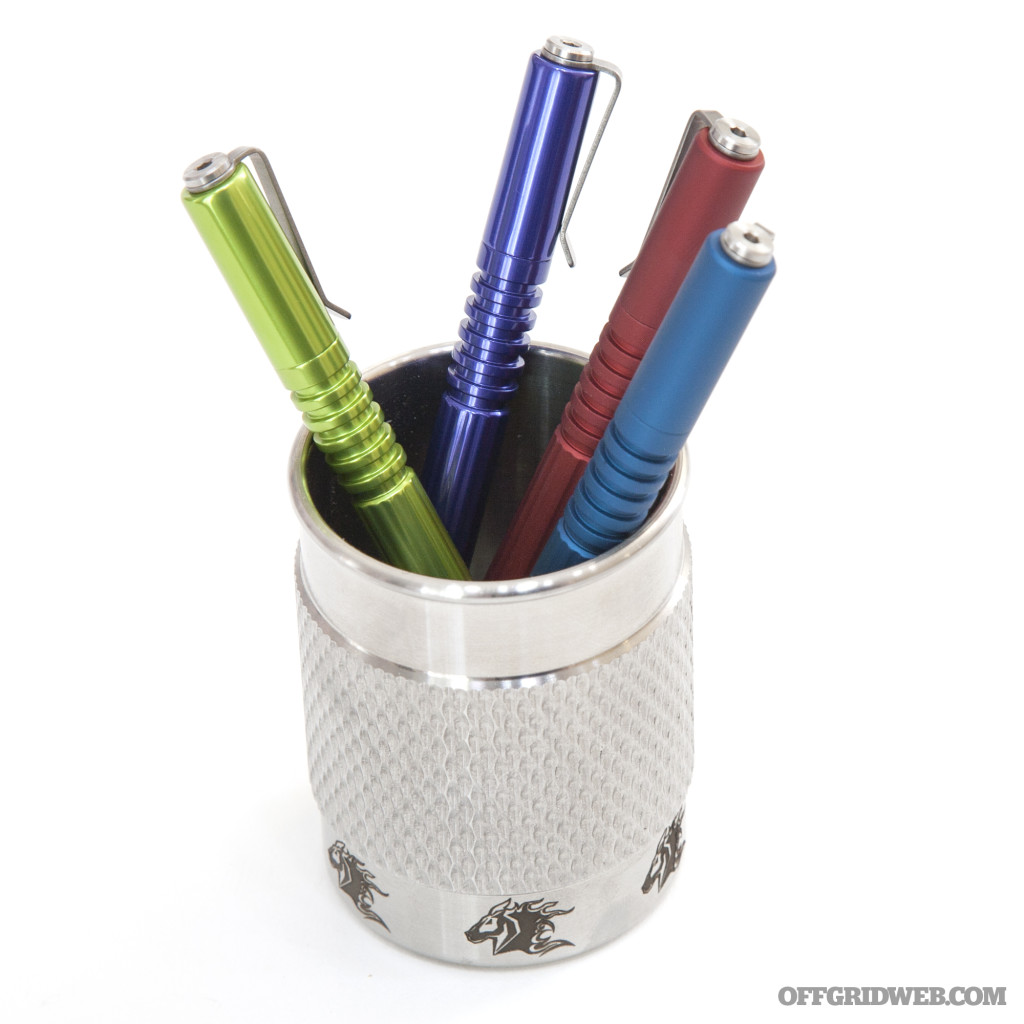
The shot glass is quite heavy at 7.2 ounces, and weighted at the base, so you won’t have to worry about tipping it over once you’ve had a few. The exterior is textured with the same pattern you’ll find on XM knife handle scales. Hinderer logos are laser-etched along the base, as well as on the bottom of the cup. This stainless version will set you back $100; copper and brass versions are available for $125.

While the Hinderer Shot Glass is a cool piece of machining, and it feels great in the hand, you’d have to be a pretty hardcore fan of the brand to shell out $100+ for one. It’s about as serious as a pair of Hinderer toenail clippers, so we couldn’t see ourselves spending that much money one of these. For now, it’s mostly useful for showing off on Instagram and storing our Investigator pens.
Rick Hinderer has been making knives since the mid-1980s, and based on what we’ve seen of his latest designs, he’s still got it. While it’s not true that everything bearing the Hinderer insignia is pure gold as some internet fanboys might claim, the company produces some very solid American-made blades with numerous customization options — you just need to be willing to pay for that level of quality and prestige.
For more info on the latest Hinderer knives and other products, go to RickHindererKnives.com.



